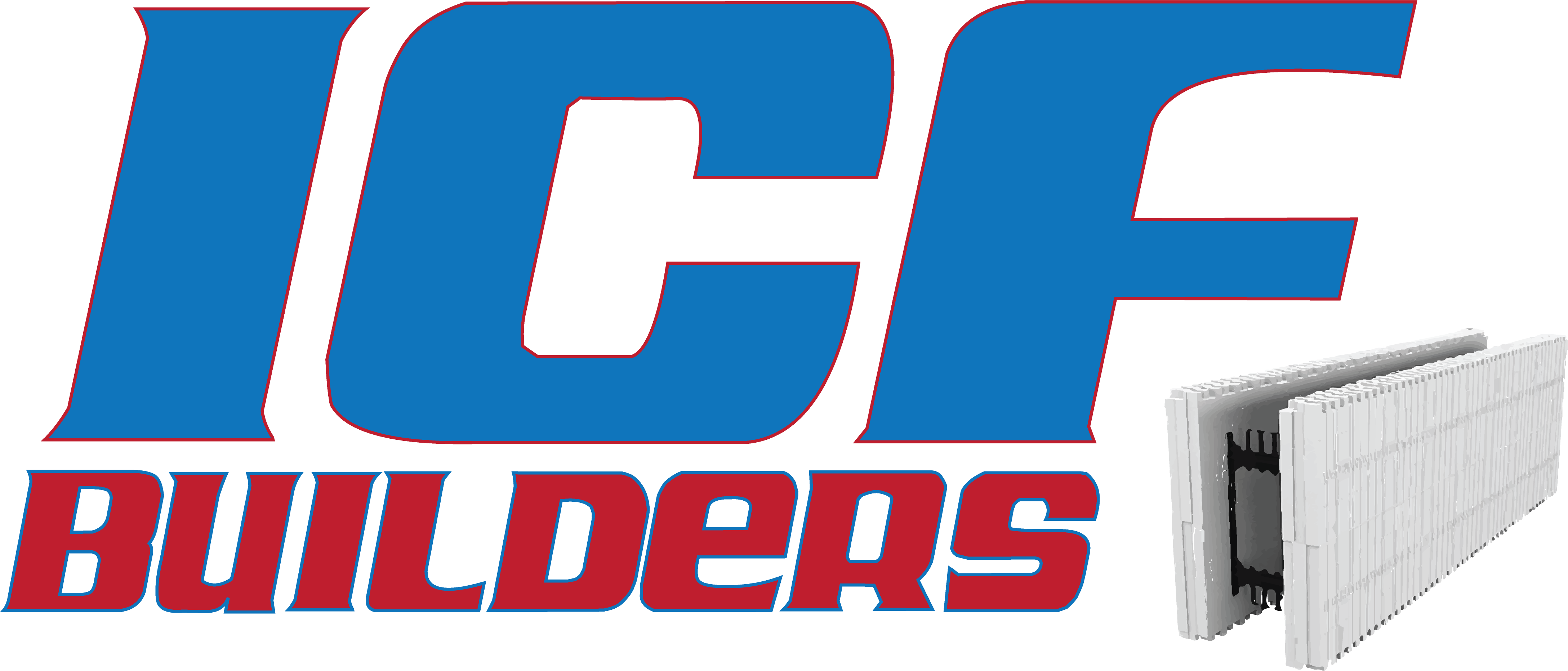Insulating concrete forms is a cast-in-place concrete wall. It’s sandwiched between two layers of insulation material, making it strong and energy efficient.
What is ICF used for?
ICF is often used in low-rise buildings and is used in residential, commercial, and industrial structures.
Advantages of ICF
- stronger walls
- energy efficient
- sound resistant
- disaster resilient – can withstand up to 200 mph winds
- mold, rot, mildew resistant (termite protection available)
- fast, easy, and flexible construction
- easy to install interior utilities
- can meet higher energy code mandates with simpler construction
Why choose ICF walls over wood-frame walls?
- less energy is required to heat and cool interiors compared to wood-frame structures
- reduces infiltration by 50% compared to wood framing
- different R values are available for insulation: wood frames are R-9 while ICF ranges from R-17 to R-26
- treated to be resistant to mold and mildew
- twice the sound resistance as wood frames, with a sound transmission classification of 42 to 72
- no vapor barrier is required as ICF are regular moisture barriers
- up to 8.5 times stronger than wood-framed structures
Why choose ICF foundations over poured concrete foundations?
- nearly double the compressive strength of standard poured concrete foundations so there is less of a chance for moisture intrusion
- continuous insulation with few to no thermal bridges
- R values are higher than 20 for ICF, whereas poured concrete R values are less than 3
- can be installed during most of the year due to being able to install and pour at cold temperatures (5 degrees Fahrenheit)
- less susceptible to cracking and leaking
- less likely to shift in the ground
